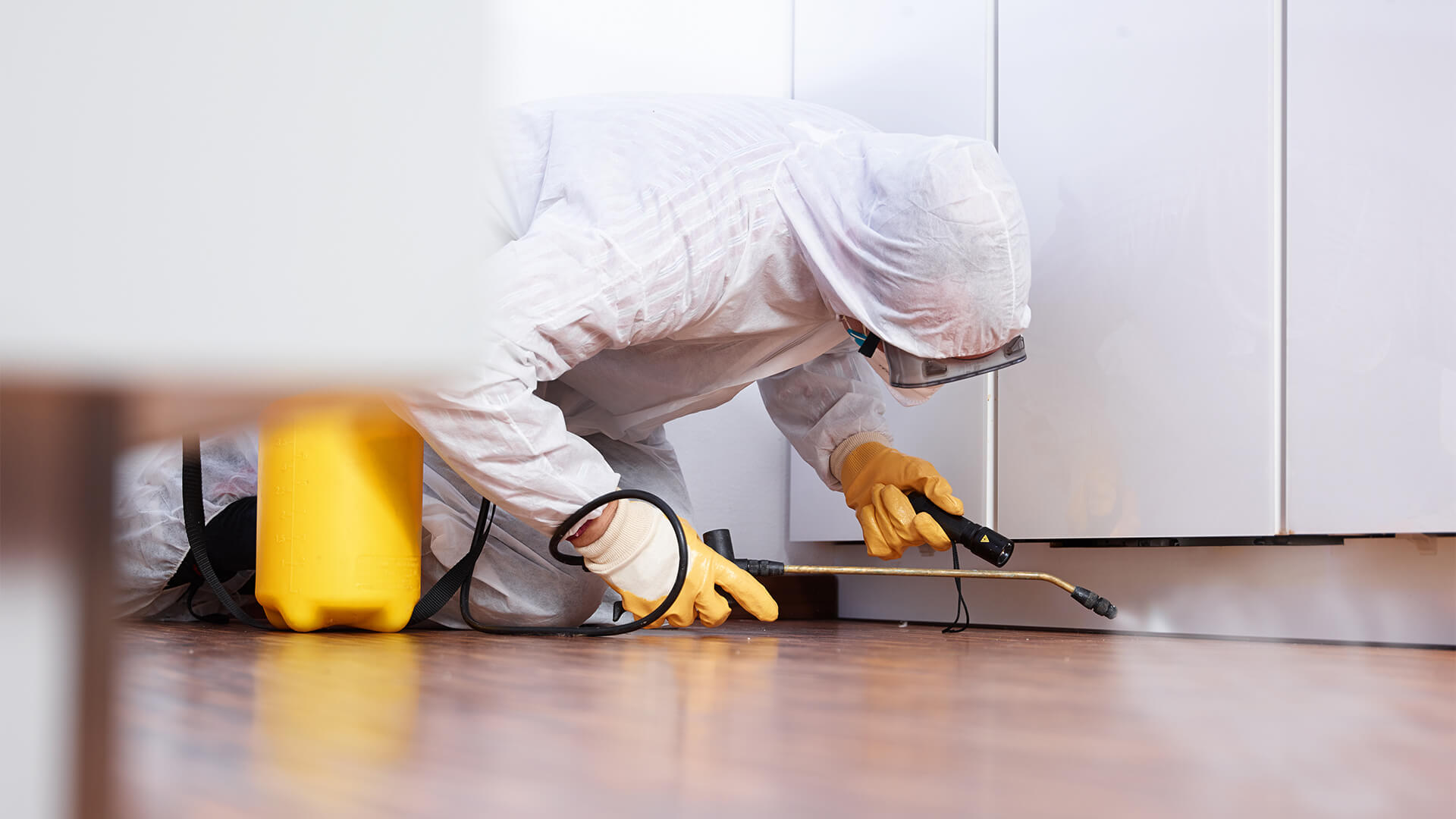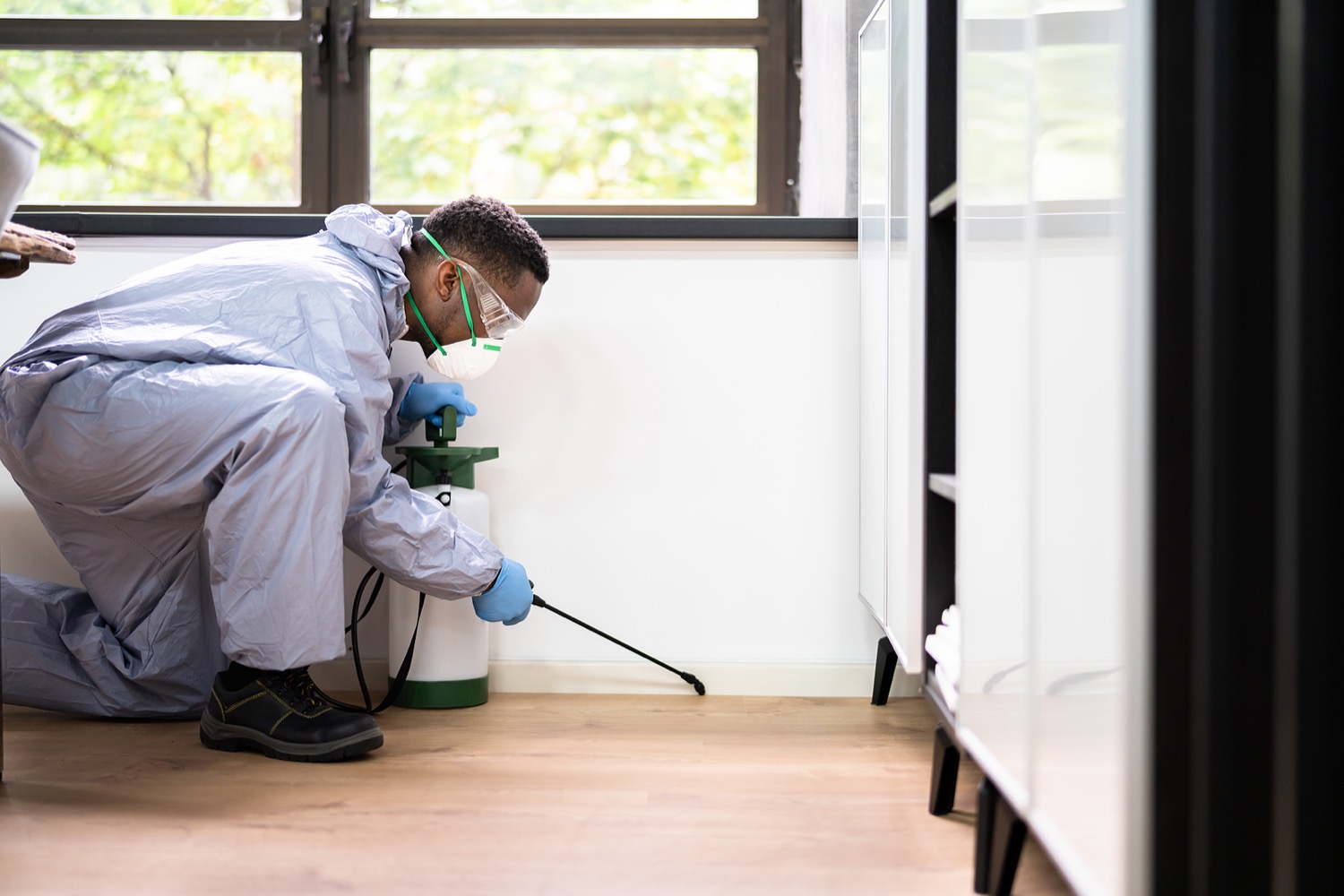Experienced A1 Exterminators Charlotte NC - Quick and Reputable Solutions
Bed Bug Therapy Failure: Contrasting Chemical Vs. Non-Chemical Solutions
In the world of bug control, specifically when managing the persistent concern of bed bugs, the selection between chemical and non-chemical treatment remedies can be a crucial one. Both methods use distinctive benefits and downsides, affecting variables such as performance, safety considerations, and total cost. By examining the nuanced details of each technique, a clearer understanding of which course to seek in resolving a bed insect infestation can be obtained.
Performance of Chemical Therapies
Chemical therapies for bed bug problems have actually been commonly identified for their fast and potent efficacy in eradicating these insects. When thinking about the performance of chemical treatments, it is essential to recognize that they can supply a quick and extensive remedy to a bed insect problem.
Moreover, chemical therapies have the advantage of supplying recurring impacts, suggesting that they can remain to get rid of bed insects even after the first application. This residual action is particularly useful in combating any possible re-infestations. Furthermore, the rapid activity of chemical therapies can bring relief to individuals facing severe bed bug infestations, allowing them to restore control of their space promptly.
Safety And Security Worry About Chemical Solutions
One essential facet that requires mindful consideration when using chemical options for bed pest treatment is making certain the security of passengers and the setting. While chemical treatments can be efficient in eradicating bed pests, they might pose threats if not handled properly. One of the primary security issues with chemical remedies is the prospective damage they can create to human wellness. Direct exposure to specific chemicals made use of in bed insect treatments can lead to respiratory concerns, skin irritability, or various other negative reactions, particularly in people with pre-existing problems or sensitivities. Additionally, inappropriate application or dose of chemical pesticides can lead to toxic deposits remaining in the treated location, presenting long-lasting health risks to occupants.
Additionally, the ecological influence of chemical solutions is an additional substantial consideration. Some pesticides utilized in bed bug treatments might be unsafe to valuable pests, wildlife, and ecological communities if they seep into the soil or water supply. It is necessary to make use of chemical treatments sensibly, complying with security guidelines, and considering less toxic choices to alleviate these threats and ensure the effective and risk-free administration of bed pest infestations.
Benefits of Non-Chemical Strategies
Considering the prospective safety and security concerns and environmental impact associated with chemical solutions for bed insect therapy, exploring non-chemical strategies provides a promising option with numerous unique benefits. Non-chemical treatments are eco friendly, as they do not add to air or water contamination, making them a sustainable selection for bug control.
Additionally, non-chemical services can be efficient in targeting bed insects, including hard-to-reach areas where chemical therapies may not permeate - A1 exterminator charlotte nc. Approaches such as warmth treatment, vacuuming, heavy steam cleansing, and cushion coverings offer thorough obliteration without the use of unsafe chemicals.
Limitations of Non-Chemical Treatments

Furthermore, non-chemical therapies commonly need multiple applications to achieve successful obliteration. This can be taxing and might not constantly ensure full elimination of all bed pests and their eggs, particularly in concealed or hard-to-reach locations.
In addition, the success of non-chemical treatments greatly Look At This depends on correct implementation and thoroughness, which can be testing for individuals without specialist competence. Inadequate application of non-chemical techniques might result in insufficient obliteration, resulting in persistent problems and the requirement for additional therapies.
Consequently, while non-chemical therapies have their advantages, it is essential to acknowledge these restrictions and consider them when determining the most efficient technique for taking care of bed pest infestations.
Cost Comparison: Chemical Vs. Non-Chemical Options
Provided the restrictions related to non-chemical therapies, a crucial aspect to assess in the context of bed insect monitoring is the price contrast between chemical and non-chemical options. Chemical treatments normally entail the application of insecticides by experts, which can vary from $250 to $900 per room, depending on the seriousness of the problem and the size of the pest prevention services location to be dealt with. In contrast, non-chemical therapies like warmth therapy or vapor can be more expensive, with expenses varying from $1,000 to $6,000 for a whole home. While the initial price of chemical therapies might seem lower, multiple therapies may be needed to totally eradicate the infestation, potentially boosting the total cost. On the other hand, non-chemical choices might provide an extra eco-friendly and sustainable solution, although they can be cost-prohibitive for some individuals. Inevitably, when thinking about the price of bed pest treatment options, it is essential to consider the in advance costs against the efficiency and long-term sustainability of the selected technique.
Final Thought

Thinking about the potential security issues and ecological impact connected with chemical remedies for bed bug therapy, discovering non-chemical techniques presents an encouraging alternative with numerous distinct advantages.Offered the restrictions associated with non-chemical therapies, a crucial element to assess in the context of bed bug management More Help is the expense contrast in between chemical and non-chemical options. In contrast, non-chemical therapies like warmth treatment or heavy steam can be extra expensive, with costs ranging from $1,000 to $6,000 for an entire home. While the initial expense of chemical treatments might appear reduced, several treatments may be required to totally get rid of the invasion, possibly increasing the total price.In final thought, when comparing chemical and non-chemical bed pest therapy choices, it is vital to consider efficiency, security, benefits, limitations, and cost.